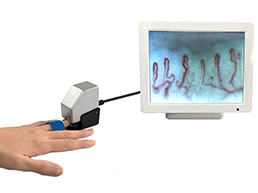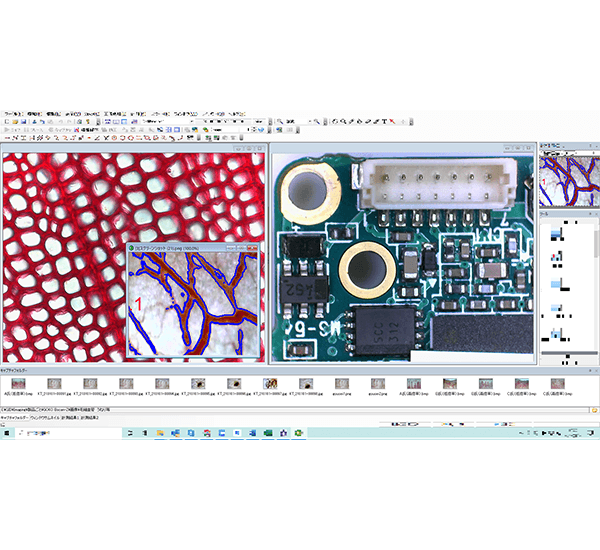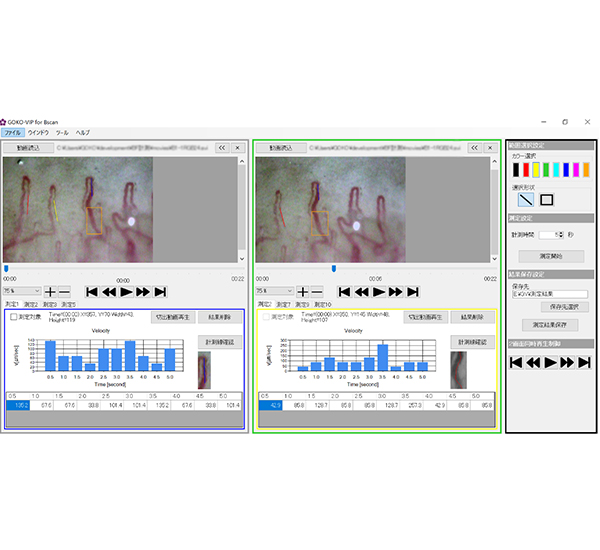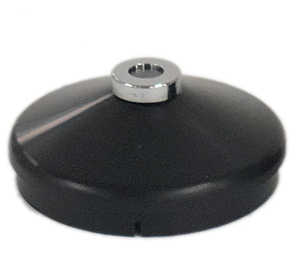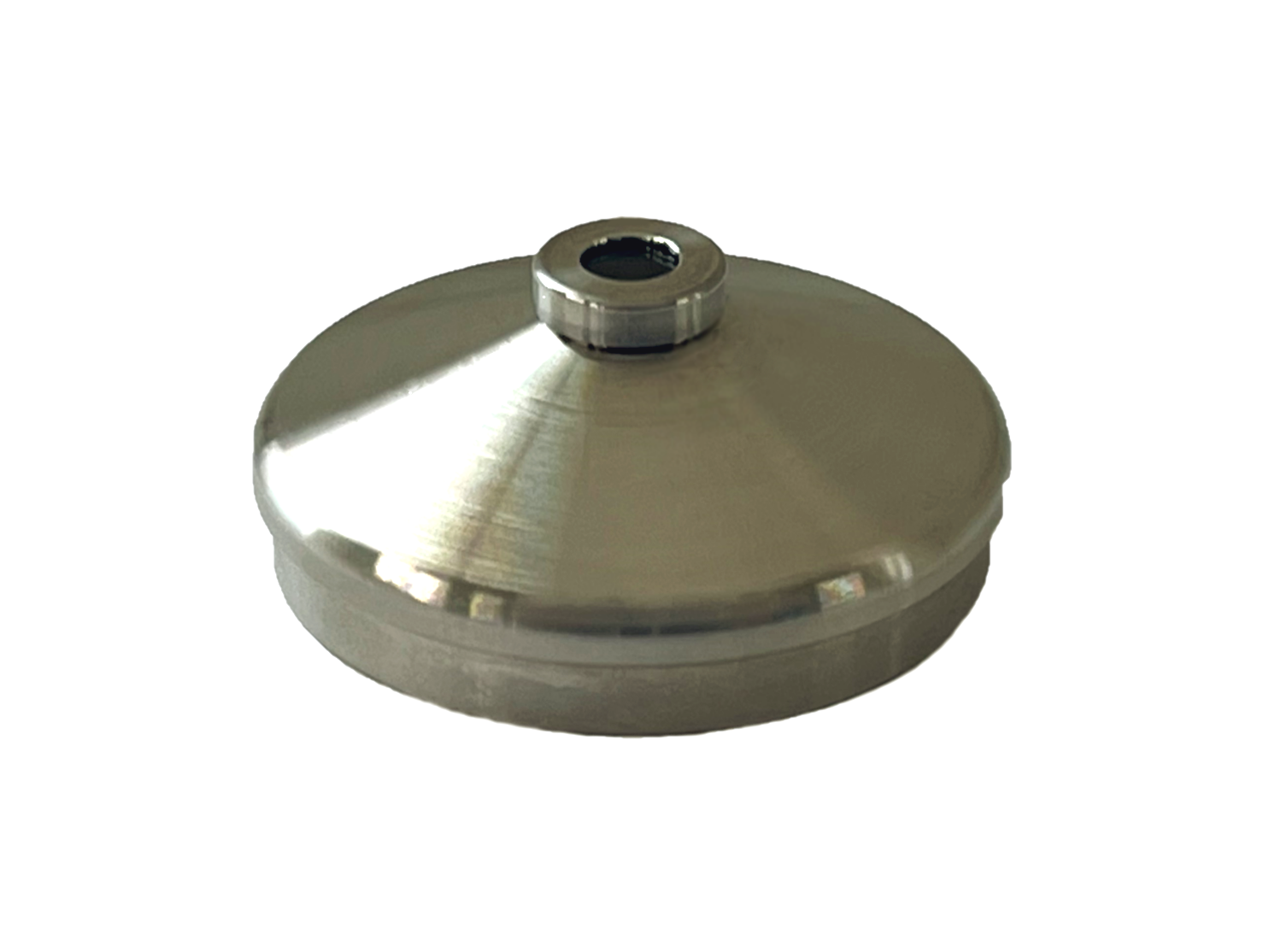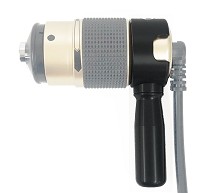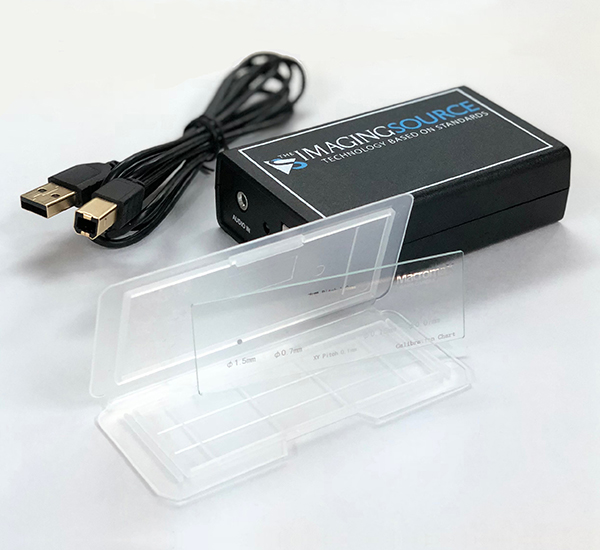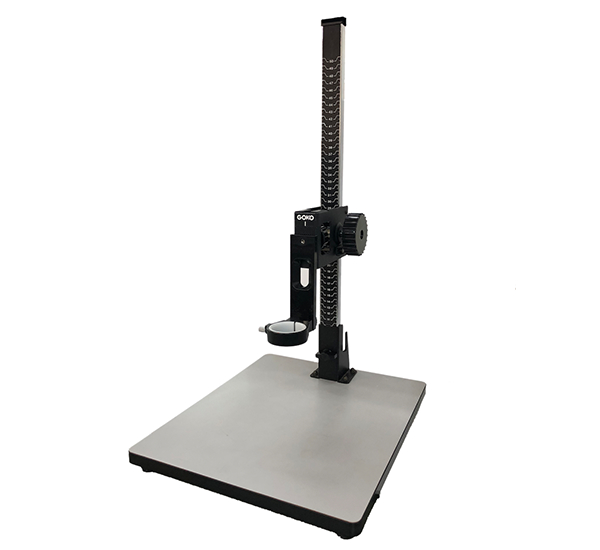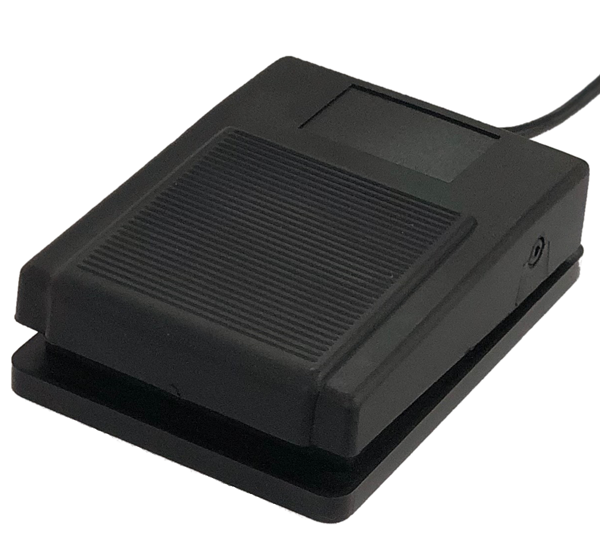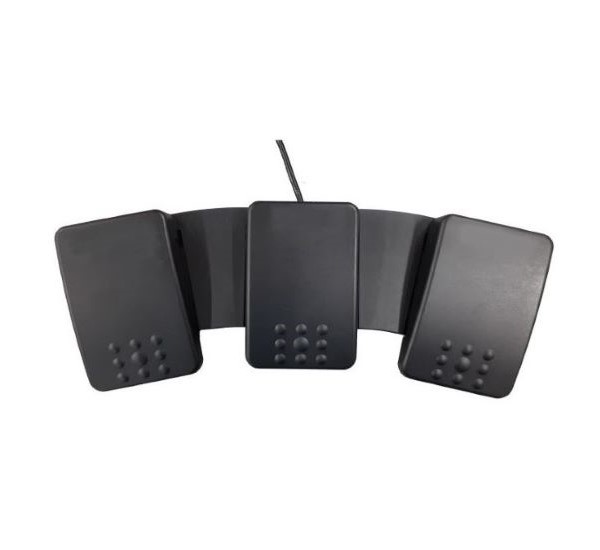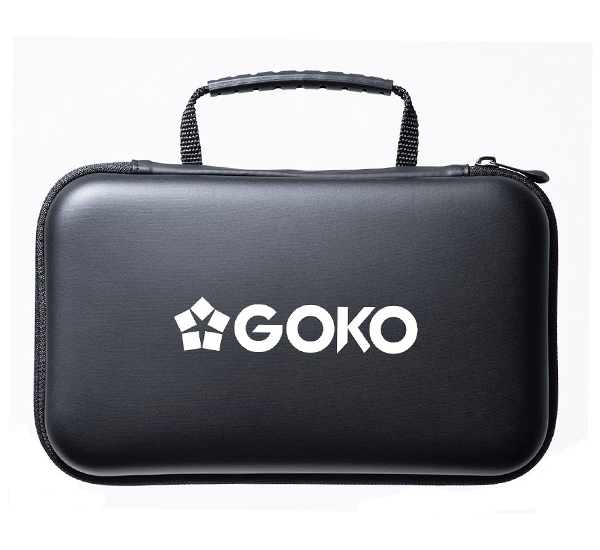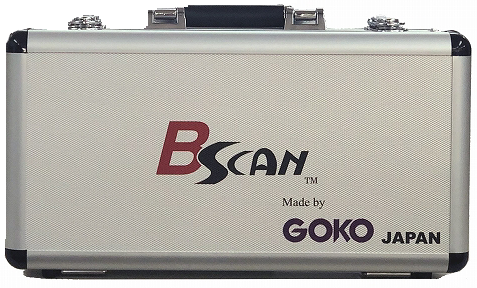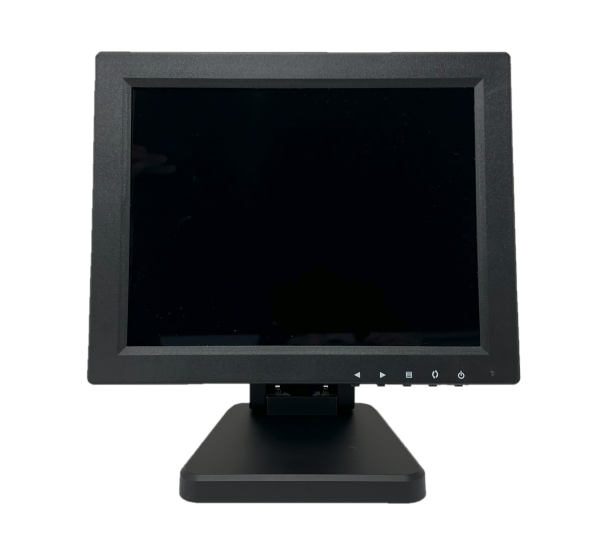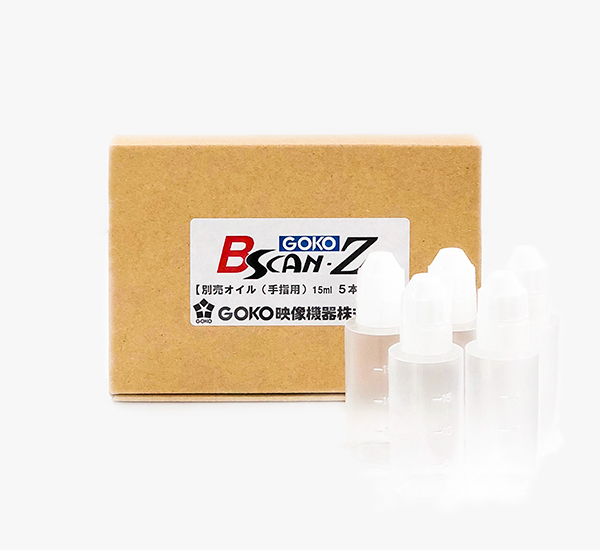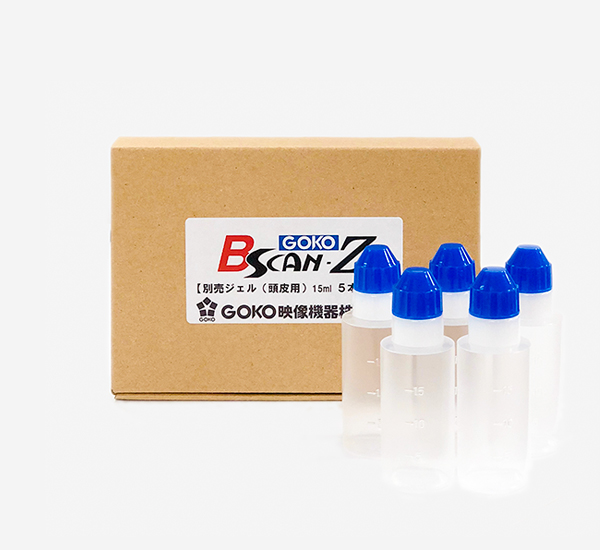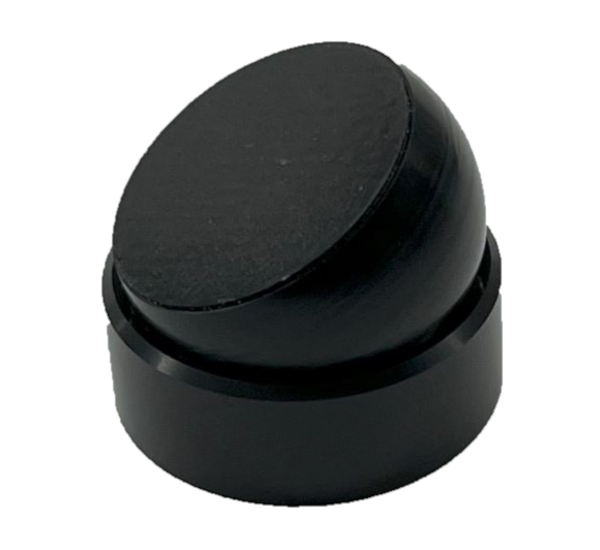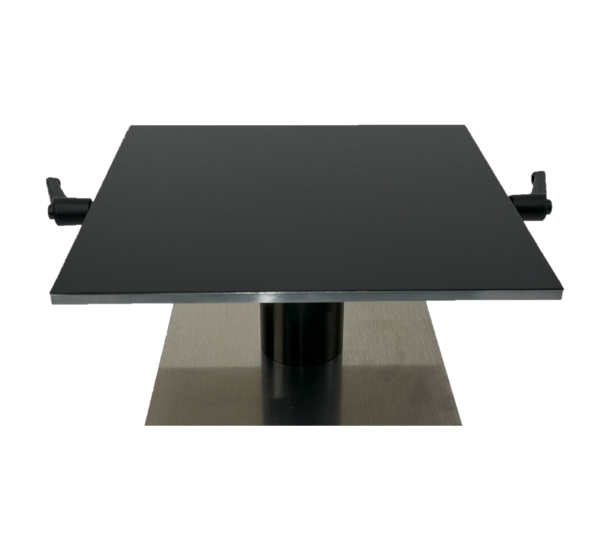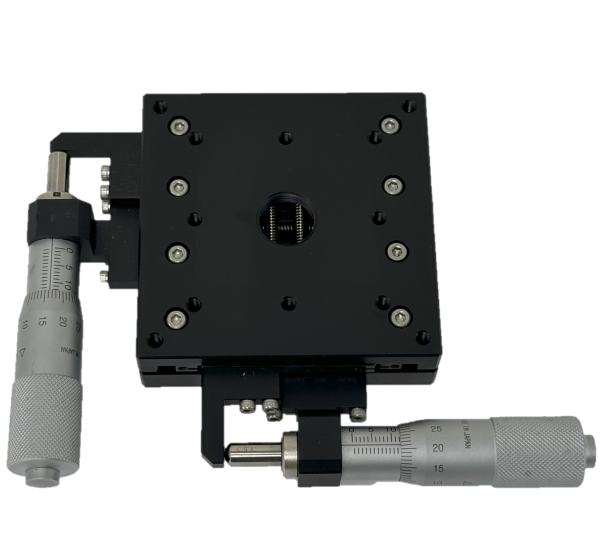FAQ
Q. It seems to be in focus immediately, is it auto focus?
Manual focus. Since each capillary has a different depth of field, autofocusing may not be able to focus on the point where we want to observe at ultra-high magnification. However, GOKO Bscan-ZD can quickly and accurately focus on any of the many capillaries that exist just under the skin. Especially, the depth of field of GOKO Bscan-ZD is 10% longer than that of the previous generation models, which enables us to observe a wide range of capillaries with different depths. In addition, since the magnification to ultra-high magnification is performed optically rather than digitally, very clear capillary images can be obtained. This optical design enables clear observation of the movement of white blood cells even at ultra-high magnification.
Q. Is all we can do with the GOKO Bscan-ZD/ZA is to observe capillaries?
As GOKO Bscan-ZD/ZA is directly connected to PC, it is possible to save still images and uncompressed movies by using the standard accessory software "GOKO Measure". "GOKO Measure" has various basic 2D measurement tools.
We also have another software "GOKO-VIP" which can quantify the flow velocity of the videos of capillaries.
We also offer the software "GOKO Measure Plus", which is highly functional image processing software.
Q. Can I observe only nailfolds?
You could observe not only nailfolds, but also every body parts. By removing the camera from the stand, you could observe all parts of the whole-body surface such as the arm, the scalp, the legs, the tongue, the gums, and so on. In those cases, please use the optional Non-reflection cap set to obtain a clearer image without any reflection.
Optional Autoclavable non-reflex cap is available for use in clean fields.
Q. Is the camera heavy? I want to use the camera by hand.
The weight of the camera is only 127g, which is very light, and the compact size of the camera (97mm in length) makes it easy to use for a long time without getting tired. With the optional Camera handgrip, you can get a very stable image when shooting.
Q. Does the device require regular maintenance?
No periodic maintenance is required. The camera uses LEDs as its light source, and in principle, there is no need to replace the lighting.
Q. Do I need any consumables to observe capillaries?
Oil and gel is essential for the observation. Contact us for details.
Q. Are there any body parts where capillaries are easy to be observed? Are there any body parts where capillaries are hard to be observed?
The body parts where the skin is relatively thin, such as fingertips, can be easily observed. On the other hand, the body part whose keratinous are thick, such as heels, might be difficult to be observed.
Q. My fingers tremble easily. Isn't it difficult to observe the nailfold capillaries due to camera shake?
The Anti-vibration cap and the stand unit are GOKO's anti-vibration design. They gently secure the fingers and greatly reduces the tremors of fingers without stopping the movement of capillaries. They are standard accessories.
Q. What is a Non-reflection cap set?
Non-reflection cap is an optional cap that enables capillary observation without any reflection in the capillary images. It was uniquely designed by GOKO. It is to be mounted in the tip of the camera body.
Q. Do I need a special license to use the GOKO Bscan-ZD?
No. Since it is not a medical device, anyone can use it without qualifications.
Q. Is it possible to see the capillaries on the scalp?
Yes. Frontal, parietal, and occipital areas can all be observed. Clear and non-reflective movie can be obtained by using the optional Non-reflex cap set and Camera handgrip. The non-reflex cap has a small diameter that is also suitable for observing the scalp between the hairs.
Q. Is it possible to observe the capillaries even in the oral cavity?
Yes. Use the Autoclavable non-reflex cap. Apply transparent toothpaste to the glass surface of the non-reflection cap to observe capillaries in the anterior gingiva, mucosa, and tongue. If you use regular Non-reflex cap, not autoclavable one, use a food-grade plastic wrap film to cover the cap after applying transparent toothpaste to the glass to keep cleaness. We recommend the use of rubber bands to prevent wrinkles in the plastic wrap.
Q. Does the GOKO Bscan-ZD focus at two magnification: lower and higher magnification?
Yes. The magnification can be easily changed with the zoom ring.
At low magnification, it is possible to grasp the overall shape and identify detailed observation points.
At high magnification, detailed observation of capillaries and blood flow can be easily and clearly performed.
Q. What is the effect of oil?
Oil or gel is essential for the observation of the capillaries just below the dermis of the skin. Contact us for further clarification.
Q. What should I do when I found partial reflection in observing nailfold capillaries?
When you use the camera with the stand unit, you can avoid partial reflections by bending the tip of your finger slightly downward. When you use the camera as a handheld camera, please use the optional Anti-reflection cap set.
Q. Is it possible to observe skin texture?
Yes. You can easily observe skin texture as well by using the attached focus cap without applying oil or gel. The GOKO Bscan-ZD is also widely used for the research on the relation between skin texture and skin capillaries.
Q. Is it possible to measure the size of capillaries?
Measurements can be made with the supplied free measurement software "GOKO Measure" and the optional measuring software "GOKO Measure Plus".
Q. Which finger is commonly used to observe nailfold capillaries?
Generally, the ring finger of the non-dominant hand is recommended to be observed. It is said that the nailfold skin of the ring finger of the non-dominant hand is the thinnest and thus the capillaries there are easy to be observed. However, choose another finger depending on individual conditions. In some protocols, it is recommended to observe eight fingers except the thumbs.
Q. Is it possible to observe at another magnification that is different from the standard specification?
Yes. We accept customization from one unit. Feel free to contact us if you have any special requests such as observing at higher magnification, changing the shape of the scope, or increasing numbers of pixels.
Q. What are the merits of the GOKO Bscan series?
- 720X magnification capillaroscope (GOKO Bscan-ZD/ZA): amazing clarity!
- 10% deeper depth of field, compared with the previous model.
- GOKO's unique "non-reflective observation" technique.
- iPad support: UVC is supported by iPad OS17, and GOKO Bscan-ZD/ZA can be connected to Type-C equipped iPad for observation and storage (USB adapter is required). Contact us for compatible software.
- USB-powered. Direct connection to PC with a single cable.(GOKO Bscan-ZD/ZA)
- Quantification software contributes to medical research and evidence acquisition.
- Standard accessory stand: Adjustable in both XYZ directions, with anti-shake function, and even suitable for people with long nails.
- Lightweight: 127g (when used as a handheld, only the camera part is used)
- GOKO, with 70 years of experience in optics, is responsible for the entire process from development, manufacturing, customization, and sales.
- 100% MADE IN JAPAN
Q. Tell me about the facilities and applications where it is being used.
In the medical field, our device is widely known by the terms "capillaroscopy" and "Nailfold Video Capillaroscopy (NVC)," and is used in a wide range of fields, including internal medicine, plastic surgery, orthopedics, dermatology, emergency centers, and rehabilitation departments at university medical schools, affiliated hospitals, and public and private hospitals, as well as pharmacy departments and pharmaceutical companies.
In the field of health, it is widely used in acupuncture and moxibustion clinics, fitness clubs, health food manufacturers, health appliances, functional water, hydrogen, etc. to confirm the effects of treatments and equipment.
In the beauty field, the system is used to visualize the effects of cosmetics manufacturers, esthetic salons, and beauty clinics.
Q. What is the meaning of the term "microcirculation"?
It refers to the blood circulation in microvasculature, i.e., micro-arteries, capillaries, micro-veins, and arteriovenous anastomoses. Although not all the microcirculation can be observed, the GOKO Bscan series enables us to estimate the body functions and health conditions by observing the microcirculation in every part of the skin surface.
Q. I would like to observe skin blemishes on my face in addition to the nailfold area.
Yes. Use the optional Non-reflex cap and Camera handgrip. Apply gel or oil to the glass surface for observation, and you can obtain clear, non-reflective video of blemishes and skin capillaries. Both skin spots, melanin and capillaries can be observed clearly.
See: https://youtu.be/UVhmB-wBYKg and https://youtu.be/9YUYvgBwkCM
The mechanism of skin blemishes (an example of senile pigmentation) is due to an imbalance in the production and discharge of melanin in the skin caused by a disturbance in the skin turnover, which is a cyclical function in which new cells produced in the lower part of the epidermis reach the stratum corneum at the top surface and are peeled off as plaque, resulting in an abnormal accumulation of melanin in the epidermis. This is due to the abnormal accumulation of melanin in the epidermis. It is said that where there are many capillaries, factors that stimulate the production of melanin are produced, which activates the spots.

















![Nailfold capillaries (at lower magnification)175X [Previous version]](/img/ev/ev80z/compare-before1.jpg)
![Nailfold capillaries (at lower magnification)200X, upgraded color reproducibility [New version (Ver.1.1)]](/img/ev/ev80z/compare-after1.jpg)
![Fine mole (approx. 1 mm in diameter)175X [Previous version]](/img/ev/ev80z/compare-before2.jpg)
![Fine mole (approx. 1 mm in diameter)200X, upgraded color reproducibility [New version (Ver.1.1)]](/img/ev/ev80z/compare-after2.jpg)
![Nailfold capillaries (at higher magnification)620X [Previous version]](/img/ev/ev80z/compare-before3.jpg)
![Nailfold capillaries (at higher magnification) 720X, upgraded color reproducibility [New version (Ver.1.1)]](/img/ev/ev80z/compare-after3.jpg)


















